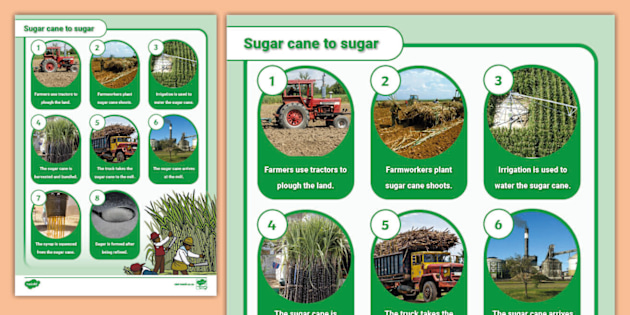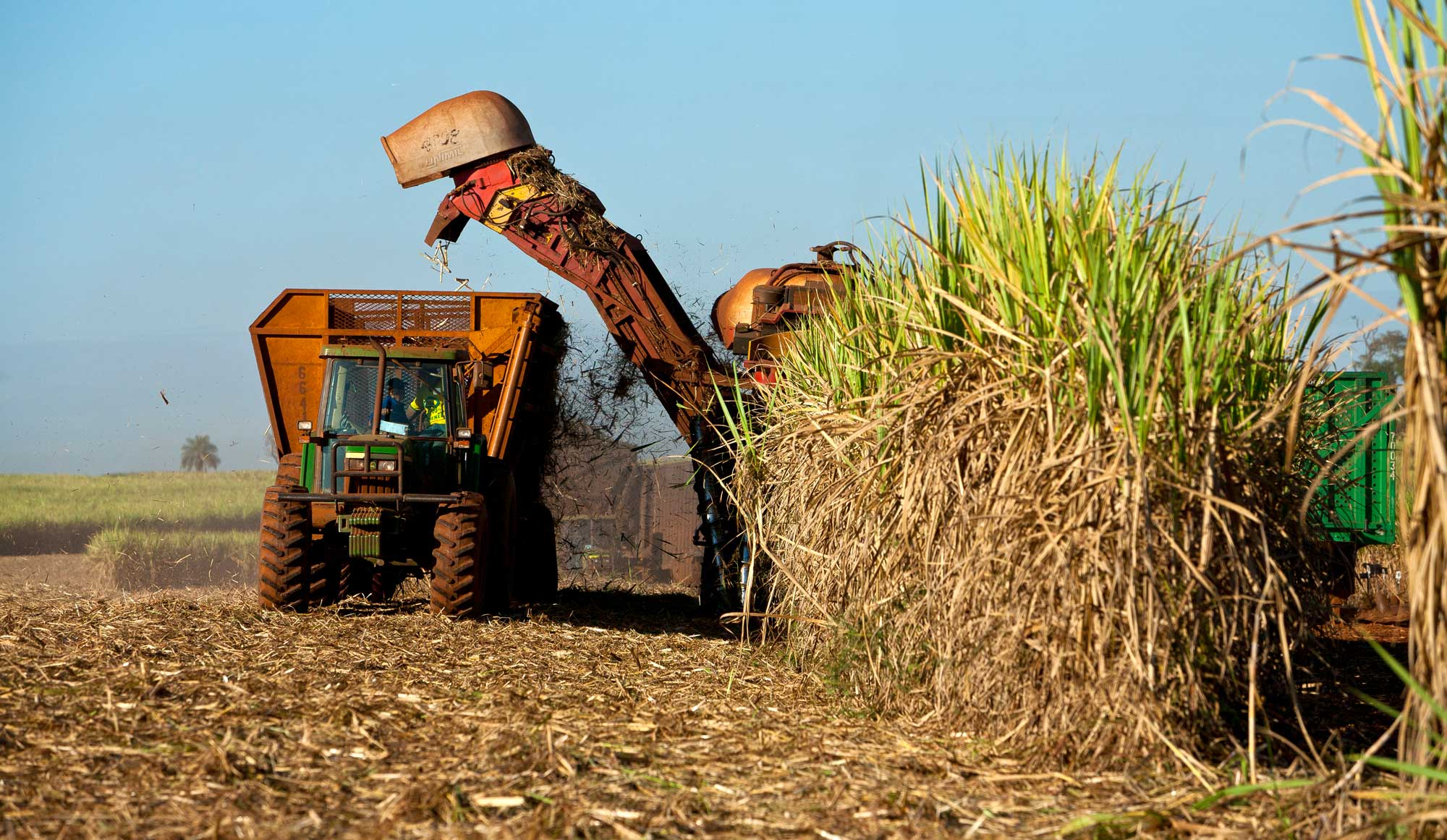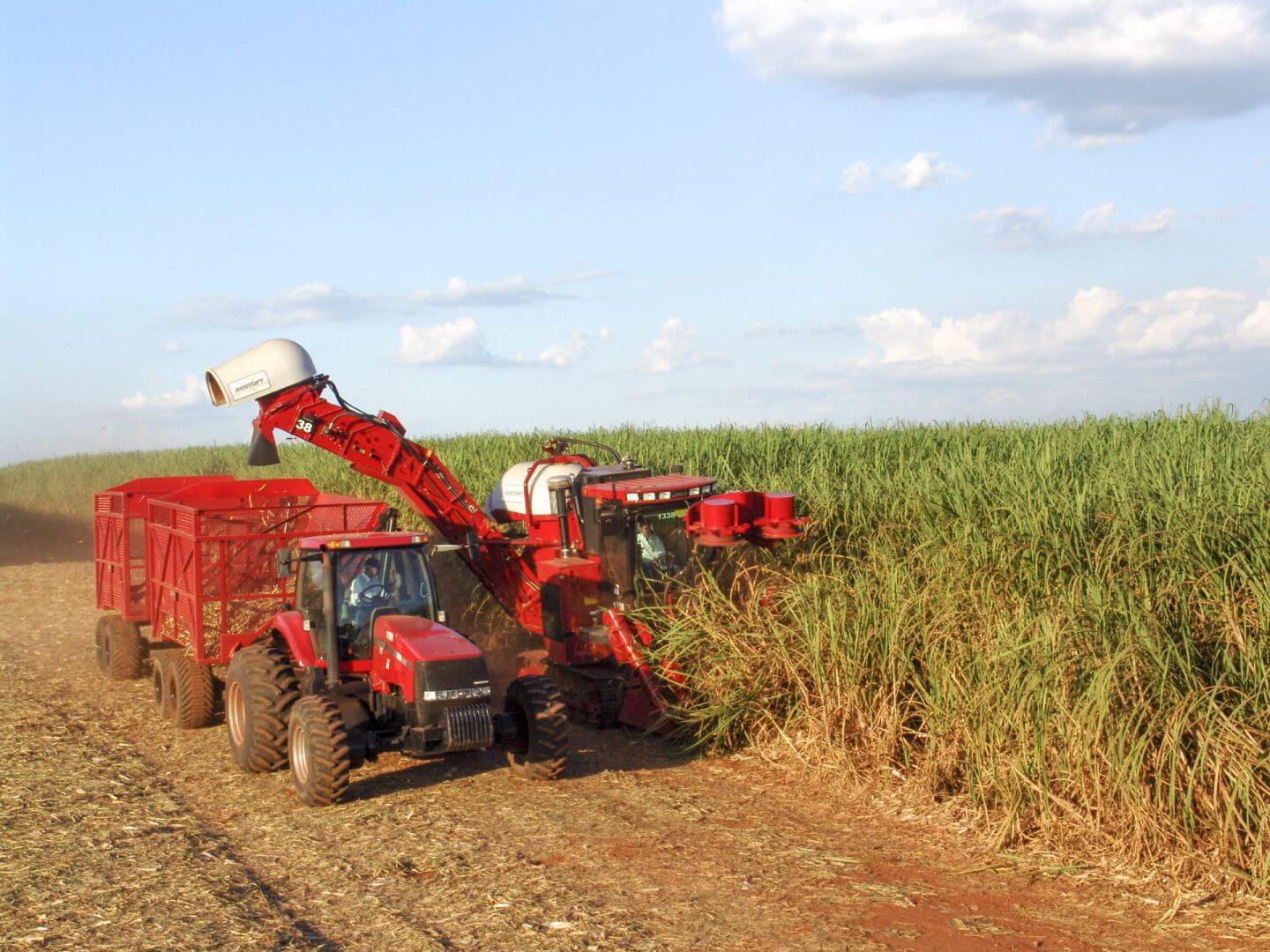Recognizing Exactly How Sugar Canes Work: What Are Sugar Canes Utilized For in Food and Beyond?
Sugar canes are integral to different aspects of both cooking and industrial methods. Their versatility enables them to be changed right into sugar, beverages, and even biofuels. As one discovers the journey from growing to handling, the diverse applications of sugar walking canes disclose a complex interplay between farming and market. The effects of sugar walking stick production expand beyond mere energy, raising inquiries about environmental sustainability and financial impact.

The History and Beginning of Sugar Canes
Commonly taken for granted in contemporary diet plans, the background and origin of sugar walking sticks expose a complex trip that covers thousands of years. Indigenous to Southeast Asia, sugar cane was first cultivated around 8000 BCE, with its wonderful juice ending up being extremely valued by early people. By the very first millennium AD, it spread out to India, where it was fine-tuned right into taken shape sugar, a notable advancement that changed its usage and trade. The intro of sugar walking cane to the Mediterranean happened around the 7th century, thanks to Arab traders, who identified its financial potential.During the Age of Expedition, European homesteaders established sugar ranches in the Caribbean, significantly affecting worldwide profession. By the 17th century, sugar ended up being a standard commodity, fueling economies and affecting social structures. The tale of sugar walking canes is intertwined with agriculture, business, and cultural exchanges, marking its value fit modern cooking techniques and economic systems.

Growing and Collecting Practices
The growing and harvesting of sugar walking sticks entail a number of vital practices that establish the quality and return of the plant - What Are Sugar Canes Used For. Crucial element consist of efficient soil prep work methods, accurate planting methods, and reliable harvesting techniques. Comprehending these techniques is important for optimizing production and making sure sustainability in sugar walking stick farming
Soil Preparation Methods
Efficient soil preparation techniques are vital for successful sugar cane growing, as they lay the foundation for healthy and balanced development and excellent return. The process starts with soil screening to assess nutrient degrees and pH equilibrium, enabling tailored amendments. Tilling and raking are after that utilized to break and freshen the dirt up compaction, boosting root infiltration. Integrating raw material, such as compost or well-rotted manure, boosts soil fertility and framework. In addition, correct drain systems are important to avoid waterlogging, which can impede walking stick growth. Cover chopping might likewise be made use of to suppress weeds and improve dirt health and wellness. These methods collectively ensure that sugar walking stick has the most effective environment to flourish, bring about robust plant wellness and enhanced productivity.
Growing and Development
Effective growing and development methods are important for taking full advantage of the return of sugar walking cane. The procedure starts with picking healthy and balanced seed walking canes, which are sectors of fully grown stalks abundant in buds. These seed walking canes are generally grown in well-prepared dirt, preferably at a deepness of 4 to 6 inches, making certain adequate dampness and aeration. Sugar walking stick thrives in cozy environments with adequate sunshine and needs regular irrigation, particularly during droughts. Fertilization with nitrogen, potassium, and phosphorus is vital to promote robust growth. Weed control is additionally essential, as competition can impede growth. Routine surveillance of plant health and dirt conditions enables for prompt treatments, eventually resulting in a successful plant that meets market needs.
Collecting Techniques
Gathering sugar cane needs cautious planning and execution to assure maximum return and quality. Normally, the harvest occurs when the walking cane gets to ideal sugar material, usually between 12 to 18 months after planting. There are two main techniques: manual and mechanical harvesting. Hand-operated harvesting includes workers utilizing machetes to reduce the stalks at ground degree, making sure marginal damages to the plant and dirt. On the other hand, mechanical harvesting employs specialized makers that reduced, cut, and move the cane, raising efficiency and lowering labor costs. Mechanical approaches can lead to higher dirt compaction and loss of nutrients. No matter the method, timely harvesting is important, as hold-ups can cause reduced sugar quality and boosted vulnerability to conditions and insects.
Processing Methods for Sugar Extraction
The handling of sugar walking cane is a critical stage in sugar production, including numerous essential methods - What Are Sugar Canes Used For. Gathered walking stick undertakes juicing and squashing to remove its sweet fluid. This juice then proceeds with filtration and formation, transforming it into the sugar most frequently made use of today
Collecting Sugar Cane
Sugar walking cane collecting marks a vital stage in the manufacturing process, where timing and technique play necessary duties in optimizing return. Typically, the harvest occurs when sugar content goes to its optimal, which differs based on climate and growth conditions. Workers utilize specialized tools or guidebook devices to reduce the walking stick at the base, making certain marginal damages to the plant. Correct strategy is crucial; reducing also high can minimize the high quality and quantity of the sugar removed later on. After reducing, the cane needs to be moved without delay to refining facilities to prevent wasting and sugar deterioration. The effectiveness of the harvesting procedure substantially affects the overall performance and productivity of sugar walking stick farming, making it a vital emphasis for manufacturers.
Juicing and crushing
As soon as sugar walking stick is harvested, the next essential action includes crushing and juicing to extract the pleasant liquid that contains sucrose. This procedure usually utilizes hefty machinery made to crush the stalks, damaging down the fibrous structure and launching the juice. Mills or rollers use significant pressure, allowing the walking stick juice to spurt while dividing the fibrous residue, referred to as bagasse. When crushed, the walking cane is typically subjected to a series of pressing stages to make best use of juice removal. The gathered juice is rich in sugar and might have contaminations, which will be dealt with in later processing steps. On the whole, crushing and juicing are essential techniques that change gathered sugar walking cane right into a fluid form appropriate for further refinement.
Purification and Crystallization
Filtration and condensation are critical processes in changing raw walking cane juice into polished sugar. After drawing out juice from crushed sugar walking sticks, the fluid has impurities such as plant minerals, proteins, and fibers. To accomplish filtration, the juice undergoes information, where warm and lime are contributed to speed up contaminations, which are after that removed. The clarified juice is then focused with dissipation to create a thick syrup.Next, formation takes place, where sugar crystals develop as the syrup cools down. This procedure generally includes seeding the syrup with existing sugar crystals to advertise uniform development. The resulting crystals are separated from the remaining molasses through centrifugation, yielding pure sugar. This refined item is after that dried out and packaged for numerous culinary uses.
Culinary Uses of Sugar Canes
While commonly connected mostly with sugar, sugar walking canes supply a versatile series of cooking applications beyond their role in sugar production. Fresh sugar cane can be juiced, producing a pleasant, stimulating beverage enjoyed in several exotic regions. This juice works as a base for cocktails and healthy smoothies, including an unique flavor profile.Additionally, sugar walking stick syrup, stemmed from condensing the juice, is used as an all-natural sugar in different meals, from sauces to treats. The syrup passes on a rich, caramel-like flavor, boosting both full-flavored and sweet recipes.In some cuisines, sugar cane stalks are barbequed or baked, giving an unique smoky preference that enhances vegetables and meats. In addition, sugar walking cane can be integrated into desserts, such as candies and puddings, where its sweetness and coarse texture create wonderful contrasts. Overall, sugar walking canes add to both ingenious and standard cooking productions across diverse cultures.
Industrial Applications Past Food
Beyond their cooking usages, sugar walking canes play a substantial function in different commercial applications, adding to fields such as bioenergy, paper manufacturing, and bioplastics. The coarse product of sugar cane is utilized in the production of biofuels, especially ethanol, which acts as a renewable resource resource that decreases dependancy on nonrenewable fuel sources. In the paper market, bagasse, the fibrous residue left after juice extraction, is processed right into pulp for paper and cardboard production, advertising sustainable methods by using waste. Additionally, improvements in bioplastic innovation have actually brought about the growth of eco-friendly plastics originated from sugar walking cane, supplying an environment-friendly choice to traditional petroleum-based plastics. These industrial applications not only boost the value of sugar canes but likewise line up with international activities in the direction of sustainability and renewable energies, illustrating their convenience beyond the cooking area.

The Environmental Impact of Sugar Walking Cane Production
The production of sugar walking stick, despite its various industrial advantages, presents considerable environmental difficulties. Deforestation is usually an effect, as substantial locations of land are removed to grow sugar walking stick, leading to habitat loss and biodiversity decrease. Additionally, the extensive farming practices related to sugar walking stick growing can result in dirt degradation and disintegration. The heavy use chemicals and plant foods to make best use of returns adds to water pollution, negatively affecting water ecosystems.Moreover, sugar cane manufacturing is connected to boosted greenhouse gas emissions, particularly with land-use adjustments and the burning of walking cane areas prior to harvest. These methods not just influence air quality but likewise contribute markedly to climate adjustment. Furthermore, the water-intensive nature of sugar cane farming locations stress on regional water sources, affecting ecosystems and neighborhoods reliant on these products. Addressing these environmental effects is vital for sustainable sugar walking cane production in the future.
Often Asked Concerns
Exist Health Advantages Linked With Consuming Sugar Cane?
The question of health benefits associated to sugar cane intake highlights prospective advantages. Sugar cane might give hydration, crucial minerals, and anti-oxidants, however moderation is necessary as a result of its all-natural sugar web content and feasible wellness effects.
Just How Does Sugar Walking Cane Compare to Various Other Sugar Nutritionally?

Sugar cane offers natural sweet taste, mostly consisting of sucrose, while various other sugar see this website vary in composition and calorie web content. Compared to man-made choices, sugar walking stick provides vitamins and minerals, though it continues to be high in calories and carbs.
Can Sugar Cane Be Expanded in Non-Tropical Regions?
Sugar walking cane largely flourishes in exotic climates, needing plentiful rains and cozy temperatures. While some non-tropical try this regions try growing, success is restricted as a result of inadequate heat and expanding seasons, making large production testing.
What Are the Typical Pests or Conditions Impacting Sugar Canes?
Usual insects influencing sugar canes consist of the sugarcane borer and aphids, while diseases like leaf scald and red rot posture substantial risks. Reliable monitoring methods are vital for keeping healthy sugar walking cane crops and making the most of yields.
Just How Does Sugar Walking Stick Influence Local Economies?
The effect of sugar walking cane on local economies is substantial, providing job opportunity, increasing farming sectors, and adding to exports. Its farming supports local companies and enhances area development through enhanced earnings and framework renovations. Indigenous to Southeast Asia, sugar cane was very first cultivated around 8000 BCE, with its wonderful juice ending up being very valued by very early human beings. The introduction of sugar walking cane to the Mediterranean took place around the 7th century, many thanks to Arab investors, that identified its financial potential.During the Age of Expedition, European homesteaders established sugar vineyards in the Caribbean, considerably affecting international profession. The handling of sugar walking stick is a crucial phase in sugar production, including a number of essential strategies. While frequently linked mainly with sugar, sugar canes supply a versatile array of cooking applications beyond their function in sugar production. The hefty usage of pesticides and plant foods to make the most of returns adds to water pollution, detrimentally affecting marine ecosystems.Moreover, sugar walking cane manufacturing is connected to boosted greenhouse gas my link discharges, particularly via land-use adjustments and the burning of walking stick fields prior to harvest.